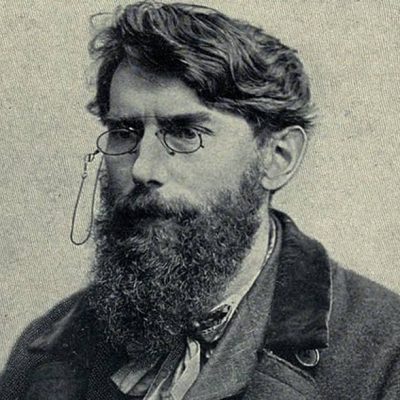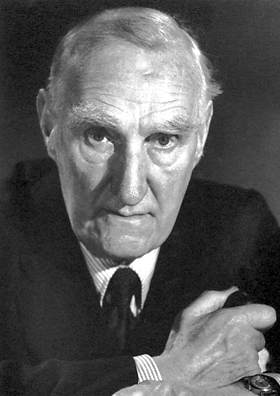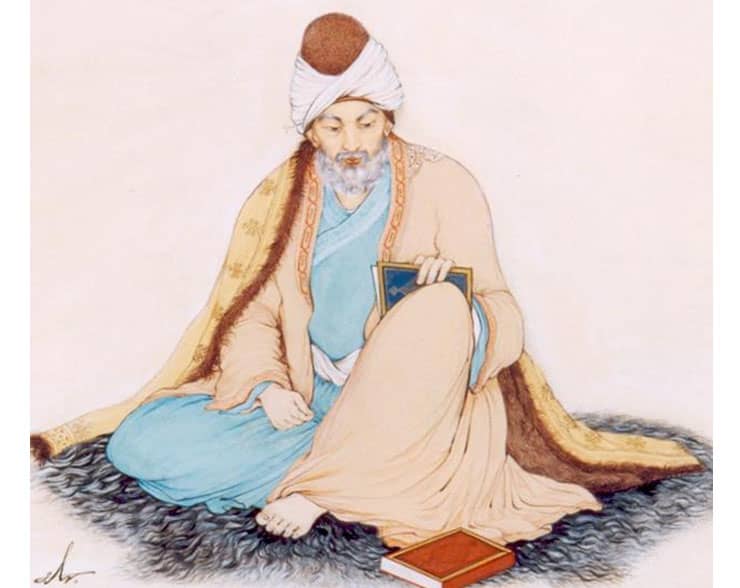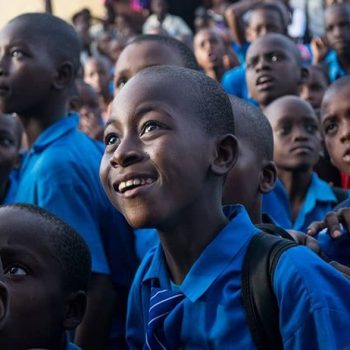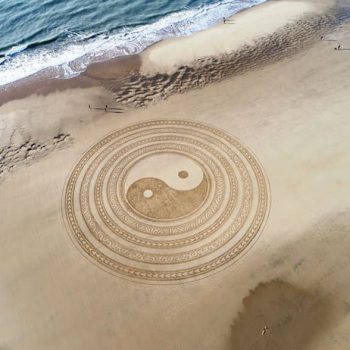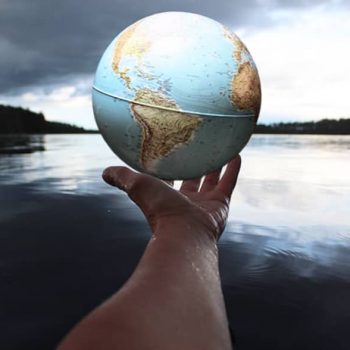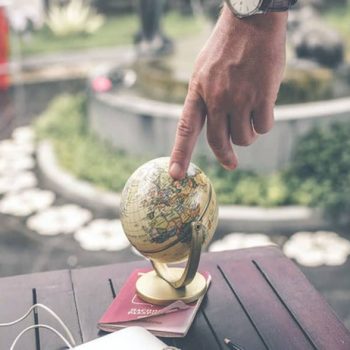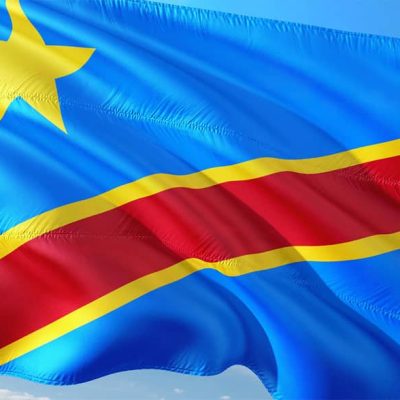 Education of World Citizenships.
Education of World Citizenships.
Education for Active World Citizenship
Featured Image: Photo by National Cancer Institute on Unsplash.
The Education currently there is growing attention both in scholarly; and popular writing with the process of globalization. Globalization is an empirical process of world integration driven by a variety of economic, cultural, political, and ideological forces as seen in such areas as market expansion; a global production pattern as well as cultural homogenisation.
However; In the fields of economics, politics, technology, environment and health; we see greater collaboration and interdependence. Now international conferences; common trade agreements and multinational projects are striving to find solutions to long-standing difficulties; and to promote development in areas, where the problems have become too great to be resolved by a single State.
Nevertheless; we are learning, out of necessity, that competition has its limits. To give one example, many of the issues in trade negotiations; which go on in Geneva are about labour standards, environmental policies and human rights (such as products fabricated by child labour).
These are all deeply domestic matters; which have now become part of international affairs. Has education been changing as quickly as the world economy?. How are we preparing children to meet the demands of the world society?.
What role are schools playing in the formation of active world citizens able to make real contributions to the creation of a more peaceful society?
Education is uniquely placed to help deal with the major problems facing the world society: violent conflict, poverty, the destruction of the natural environment, and other fundamental issues touching human beings everywhere.
Education provides information; skills and helps to shape values and attitudes. Yet many children fall outside formal education. Some 113 million school-age children are out of school; and some 875 million adults are illiterate.
This is evidence of the fact that the size; and complexity of education for all are too great for governments alone to address; even with the best of intentions and effort.
Education is not limited to the formal school system.
It is true that education is not limited to the formal school system. There are many agents of education: family, media, peers, and associations of all sorts. Nevertheless, schools play a central role, and people expect schools to be leaders in the educational process.
Unfortunately; there are times when schools are left alone as the only conscious instrument of education. Therefore; teachers need to analyse; how other agents of society contribute to the educational process or; more negatively, may hinder the educational process or promote destructive attitudes and values.

Photo by NeONBRAND on Unsplash.
Education has two related aims.
One is to help the student to function in society, be it the local, the national, and the world society.
The other aim is to help in the fullest development of the individual’s physical, emotional, intellectual, and spiritual capacities. There are three related ways to help prepare students for a fast-changing world in which people, ideas, goods and services increasingly cross State frontiers. These ways are related to:
-
Skills.
-
Content.
-
Values and Attitudes.
There is a need to teach those skills needed to be able to function effectively in the world: skills of goal setting, analysis, problem solving, research, communication, and conflict-resolution skills. We need to place more emphasis on communication skills in our schools; with an emphasis on personal expression through language and the arts.
Opportunities Needs.
Children need opportunities to acquire skills in writing, speech, drama, music, painting; and other arts in order to find their own voices and expressions.
The second area of importance concerns the content of education; with an emphasis on modern history and geography, ecology, economics, civics, and the history of science and technology.
There is also a need to organize a curriculum through the use of broad themes such as interdependence, change, complexity, culture and conflict.
A Global Society.
The third area concerns values and attitudes needed for living in a global society: self-confidence in one’s own capacity, concern and interest in others; an openness to the cultural contributions of other societies.
There needs to be a willingness to live with complexity; to refuse easy answers or to shift blame to others. In practice; a good teacher makes a personalized combination of all these elements.
One must be realistic in evaluating the difficulties of restructuring educational systems; to make them future oriented and open to the world.
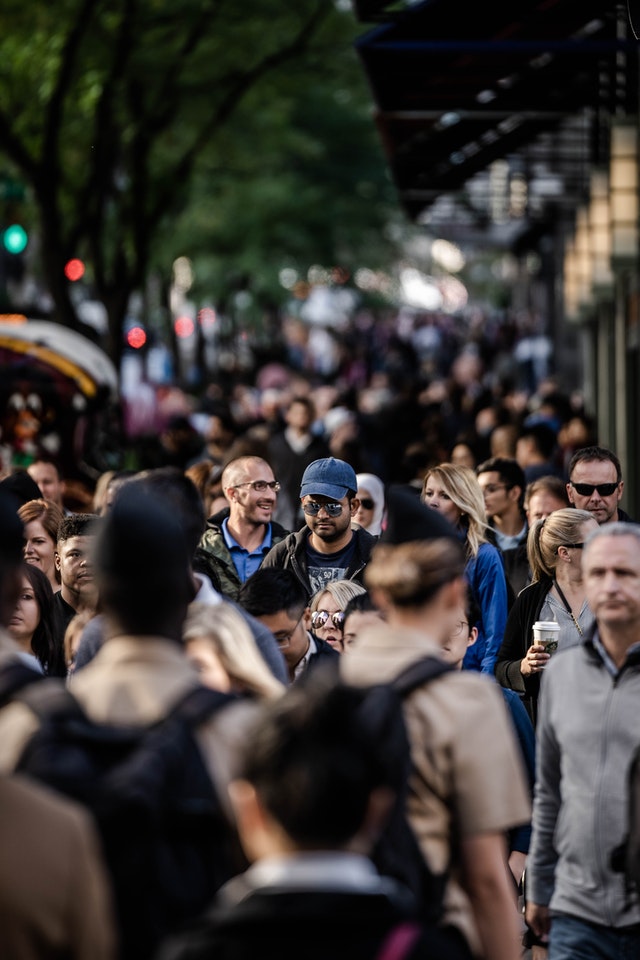
Photo by Cameron Casey in Pexels.
Educational System.
We all know the heavy structures of educational systems; and the pressures to conform to the status quo. We must not underestimate the narrow nationalistic pressures; on the teaching of social issues nor the political influences on content and methods.
In order to understand the limits and the possibilities of change; teachers must be prepared to carry out research on the local community. They must be able to analyse their specific communities.
It is always dangerous to make wide generalizations on the role of the family, the media, of religion as if it were always the same in all parts of the country; or the same in all social classes and milieu.
Thus; teachers should be able, with some sociological training; to carry out studies on the formation of attitudes; values and skills of their students by looking at the respective role of the family, the content of the media, and student participation in associations.
Such studies can be carried out in a cooperative way, among several teachers so as to be able to go to greater depth.
Teachers could look for information to help answer such questions as:
“Are any groups excluded from participating in the community?”
“How can possible marginalisation be counteracted?”
“How can one study environmental and ecological issues locally?”
“What is the significance of different role models such as peers, parents, and educators?”
“In what ways can non-formal and informal learning environments be furthered?”
In conclusion; there are more and more teachers; who realise the direction of current world trends. Migration puts other cultures on one’s door step. We all need to be encouraged by the advances being made. We can help one another so that we may develop the culture of peace and active world citizenship together.

President, Association of World Citizens (AWC).
Estudied International relations in The University of Chicago.
Estudied Special Program in European Civilization en Princeton University
Here are other publications that may be of interest to you.
George Russell: To see things in the germ, this I call intelligence.
Unknown authorUnknown author, Public domain, via Wikimedia Commons By Dr. Rene Wadlow. “Are there not such spirits among us ready to join in the noblest of all adventures— the building…
Erich Fromm: Meeting the Challenges of the Century.
Featured Image: Erich Fromm. By Müller-May / Rainer Funk / CC BY-SA 3.0 (DE) By Rene Wadlow. I believe that the One World which is emerging can come into existence only if a New…
Conscience: The Inner Voice of the Higher Self.
Featured Image: Photo by Lan Johnson in Pexels By Rene Wadlow. The United Nations General Assembly has designated 5 April; as The International Day of Conscience. An awakened conscience is essential to meeting…
World Day of Social Justice: A Sense of Direction.
Featured Image: Photo by Cody Pulliam, Unsplash. On a proposal of the Ambassador of Kyrgyzstzan, the United Nations General Assembly has set 20 February as the World Day of Social Justice. It…
